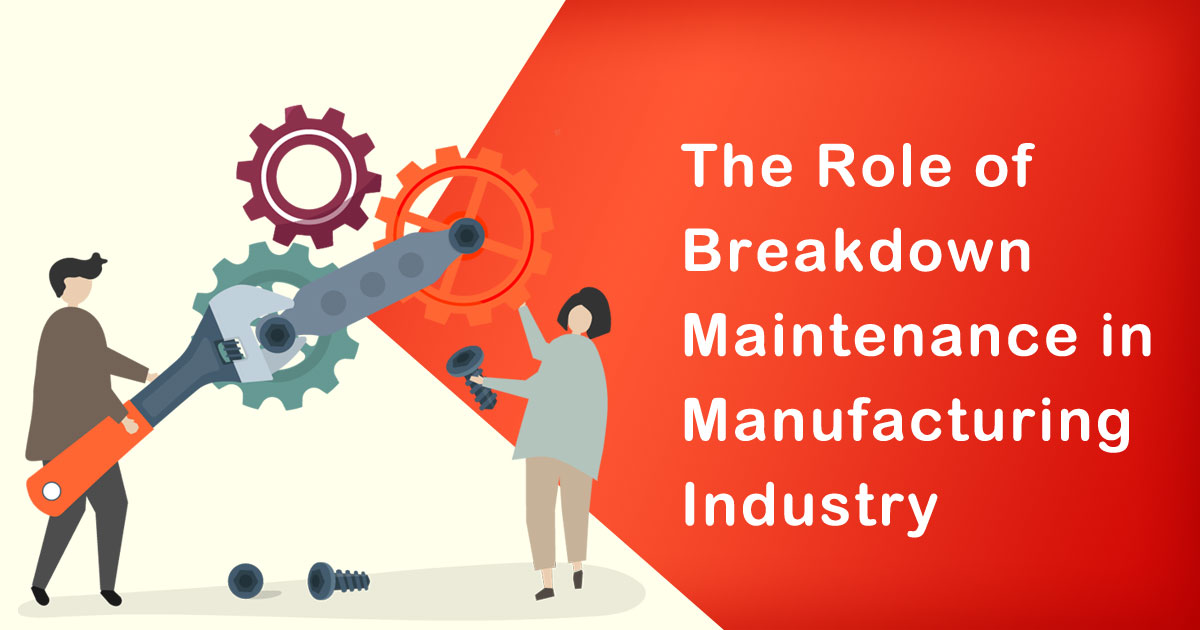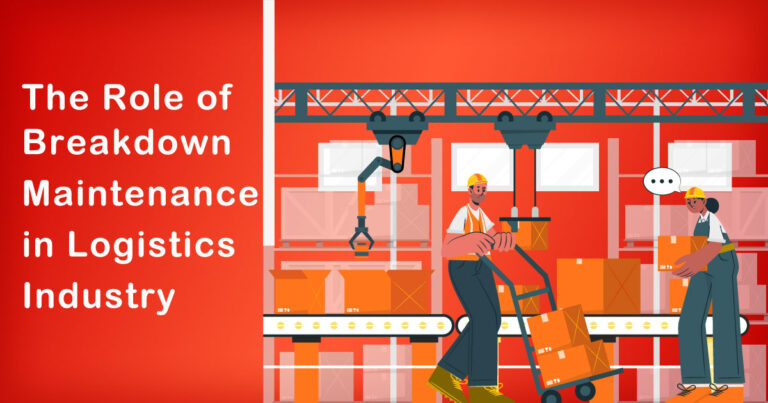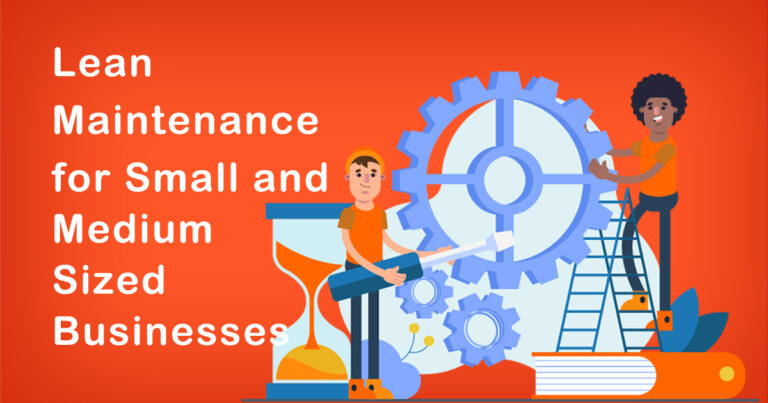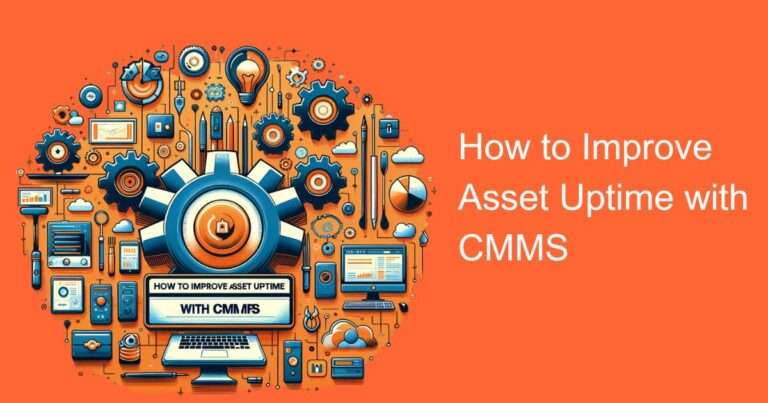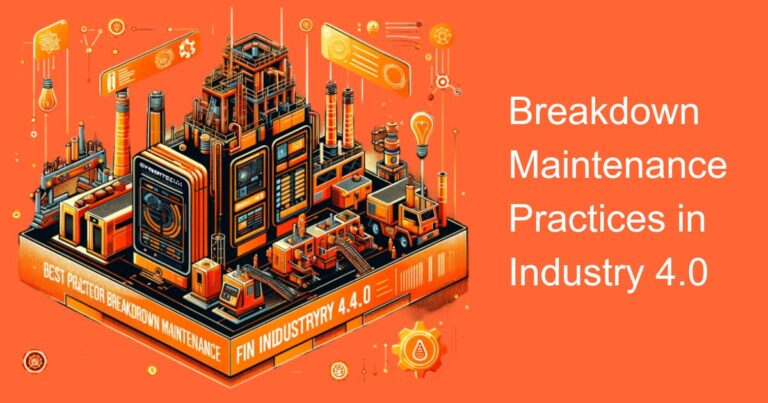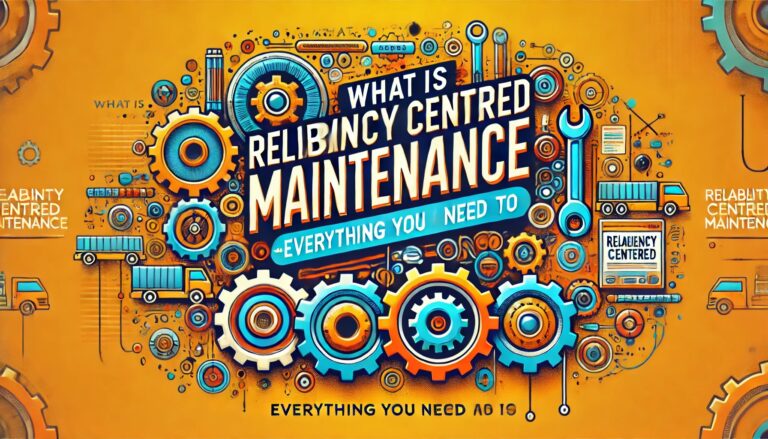Introduction
In today’s highly competitive manufacturing industry, maintaining operational efficiency is crucial for sustained success. The Indian manufacturing sector, known for its diversity and scale, relies heavily on uninterrupted production processes. Any unexpected equipment breakdown can lead to significant financial losses and delays in meeting customer demands. This is where breakdown maintenance plays a pivotal role. In this article, we delve into the significance of breakdown maintenance and its impact on the Indian manufacturing industry.
Understanding Breakdown Maintenance
Breakdown maintenance, also known as reactive maintenance or unplanned maintenance, is a strategy employed by manufacturers to address equipment failures as they occur. Unlike preventive maintenance, which involves scheduled inspections and repairs, breakdown maintenance aims to fix machinery or equipment only after it has malfunctioned.
Research and Facts
1. The Cost of Equipment Downtime:
In the Indian manufacturing industry, the cost of equipment downtime can be substantial. According to a study conducted by the Federation of Indian Chambers of Commerce and Industry (FICCI), the average cost of downtime for large manufacturing companies in India amounts to approximately 2-4% of their annual revenue.
2. Frequency of Equipment Failure:
A survey conducted by a leading manufacturing association in India revealed that nearly 70% of the manufacturing companies experience unplanned equipment failures at least once a year, leading to production delays and increased maintenance costs.
3. Impact on Productivity and Profitability:
The downtime caused by equipment breakdowns not only affects productivity but also erodes profitability. A study by the Indian Institute of Management (IIM) states that for every hour of unplanned downtime, manufacturing companies in India experience an average production loss of 5-7%, leading to significant revenue loss.
The Role of Breakdown Maintenance
1. Rapid Response to Equipment Failures:
Breakdown maintenance ensures a swift response to equipment failures, minimizing the time between identifying the issue and initiating repairs. Prompt action helps reduce downtime, ensuring that production processes are resumed as quickly as possible.
2. Increased Equipment Availability:
By addressing equipment failures promptly, breakdown maintenance helps improve overall equipment availability. This is particularly crucial in industries where equipment utilization is critical to meeting customer demands and maintaining production schedules.
3. Cost Optimization:
Although breakdown maintenance is often associated with higher maintenance costs due to unexpected repairs, it can be more cost-effective than preventive maintenance in certain situations. By focusing resources on addressing specific failures, manufacturers can avoid unnecessary maintenance expenses on equipment that is in good condition.
4. Continuous Improvement:
Analyzing the causes of equipment breakdowns enables manufacturers to identify recurring issues and implement measures to prevent future failures. This approach fosters a culture of continuous improvement and facilitates long-term reliability of the manufacturing processes.
Conclusion
In the Indian manufacturing industry, breakdown maintenance plays a vital role in minimizing downtime and ensuring smooth operations. While preventive maintenance strategies remain important, the ability to respond promptly and effectively to unexpected equipment failures is crucial to maintaining competitiveness. By investing in robust breakdown maintenance practices, manufacturers can enhance efficiency, optimize costs, and improve overall productivity, thus contributing to the growth and success of the Indian manufacturing industry.
In an industry where time is of the essence, proactive measures like breakdown maintenance hold the key to ensuring uninterrupted production and meeting customer expectations. By embracing this approach, manufacturers can safeguard their operations, maximize equipment availability, and pave the way for sustained growth in an increasingly competitive market.


